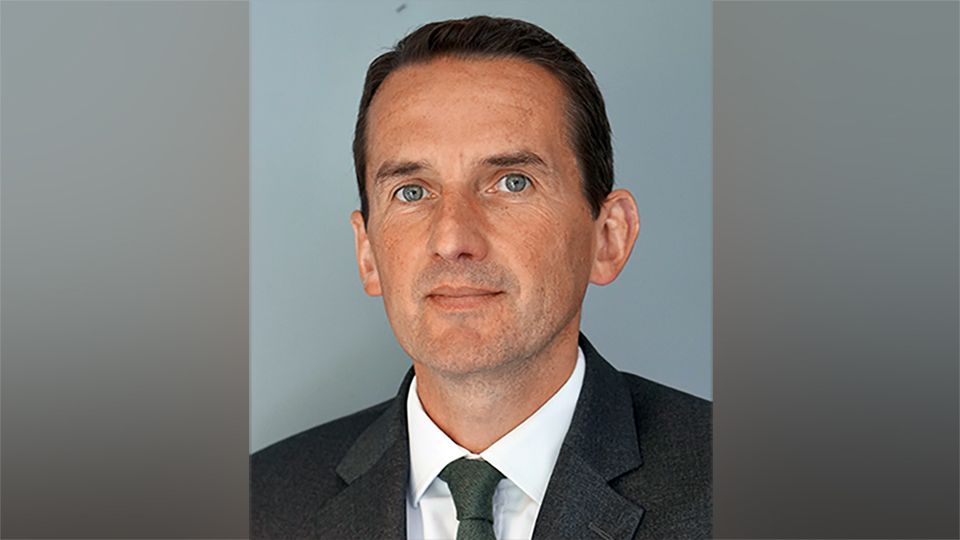The percentage of female fund managers across the globe has remained stagnant for 20 years, despite the number of mutual funds in existence ballooning to more than 119,000
At the end of 2000, 14% of fund managers were women. And at the end of 2019, 14% of fund managers were women. That is according to Morningstar research, published ahead of International Women’s Day (IWD) on 8 March, that determined the gender split of more than 25,000 fund managers.
When boiled down to geographic areas, there were some mildly positive findings in smaller markets, including Hong Kong, Singapore, and Spain, where more than 20% of fund managers are women. But some of the largest financial centres remain below the global average, including the UK at 13% and the US at just 11%.
The percentages are low when viewed against data from statista.com, which puts the number of regulated open-ended funds in the world at 118,978.
Percentage of female fund managers in different countries – 2000 versus 2019
| Country | 2019 | 2000 | |
| Australia | 12% | 9% | |
| Belgium | 13% | 10% | |
| Bermuda | 10% | 15% | |
| Brazil | 6% | 15% | |
| Canada | 12% | 13% | |
| Chile | 14% | 15% | |
| China | 28% | – | |
| Denmark | 8% | 9% | |
| Finland | 15% | 10% | |
| France | 19% | 17% | |
| Germany | 10% | 13% | |
| Greece | 23% | 22% | |
| Hong Kong | 28% | 20% | |
| India | 19% | 36% | |
| Ireland | 12% | 11% | |
| Israel | 12% | 11% | |
| Italy | 19% | 17% | |
| Japan | 13% | – | |
| Malaysia | 23% | 67% | |
| Mexico | 12% | 15% | |
| Netherlands | 9% | 7% | |
| New Zealand | 3% | 33% | |
| Norway | 9% | 16% | |
| Poland | 6% | 3% | |
| Portugal | 18% | 4% | |
| Singapore | 29% | 21% | |
| South Africa | 13% | 7% | |
| South Korea | 23% | – | |
| Spain | 23% | 21% | |
| Sweden | 15% | 8% | |
| Switzerland | 12% | 9% | |
| Taiwan | 28% | 45% | |
| United Kingdom | 13% | 13% | |
| United States | 11% | 14% |
Source: Morningstar, data as of 31 Dec ’19
The report is a follow-up to research from Morningstar in November that revealed there were more funds in its database of 1,496 UK-listed open-ended products run by men called Dave or David (108) than women of any name (105).
It starts with company culture
City Hive founder Bev Shah says the industry is almost three years into a movement that started with various initiatives like #metoo, the Diversity Project and her own firm City Hive, but people are still hiding behind the rhetoric of, ‘There’s not a lot I can do, I’ve really tried to hire women’.
Shah thinks if firms want to move the dial on the number of female fund managers in 20 years’ time, they need to look at their overall culture.
“We need to look at how to create an environment where people can thrive,” she says. “Because what works for, say, women will work for any diversity groups that aren’t represented in the industry.
“A lot of people are siloing this as a side thing for HR to deal with. Personally, I think this is a great business risk and it sits alongside ESG and sustainability. Anyone greenwashing should really be thinking, ‘What am I doing in the diversity space?’ because they go hand in hand – you can’t say you’re a steward of the world and not really look at your own company culture.”
Shah says, anecdotally, when she was a junior investment manager it was often the case that women were given a “dull” product to work on, while the boys tended to be given the more “sexy” products like equity fund management.
“That’s how I fell into fund research,” she says. “And that’s why now, you see a lot more senior women and decision makers in funds research because that was handed over to the girl in her 20s. Now, of course, you look across the spectrum and there are more women doing funds research.”
Women’s voices need to be heard on sustainability
Morningstar found looking at US-domiciled funds, even though the overall number of managers increased between 2000 and 2019, the number of women decreased in both active and passive management, despite rapid growth in the latter.
In 2000, women accounted for 19.4% of passive fund managers of US-domiciled funds, compared with 13.4% of active fund managers. In 2019, only 13.2% of passive fund managers in the US were women and just 10.7% of active fund managers were women.
Shah notes ironically the campaigning side of the sustainable finance space is female dominated, yet it is active managers, dominated by men, who hold sway over companies in their approach to sustainability and ESG.
“I’ve heard anecdotally from female fund managers about reactions from FTSE 100 CEOs that are fairly patronising to them… if you look at the sustainable finance space, which is all about ESG and changing the world and pushing boardrooms to do better, that’s actually quite female dominated. So I think because of that we might end up getting more women in.
“There’s such a focus on it now, it feels like a no brainer.”
Some of JPMAM’s biggest funds are managed by women
JP Morgan Asset Management points to the fact that its proportion of female fund managers is 21%, which it claims is twice the industry average, and that 45% of its assets globally are managed or co-managed by women.
The firm sent ESG Clarity‘s sister title Portfolio Adviser a document highlighting four of its female portfolio managers: Joanna Kwok from the emerging markets and Asia Pacific equities team based in Hong Kong; Nicole Goldberger from the multi-asset solutions team in New York; Asia Ogoshi from the Asia Pacific Dynamic team based in Hong Kong; and Lisa Coleman, head of the global investment grade corporate credit team in New York.
In July, Portfolio Adviser spoke with Clare Hart who runs the $21bn JP Morgan Equity Income Fund, which happens to be the largest US equity fund run by a woman. In total she manages more than $35bn (£27.52bn) for the bank’s investment arm.
JPMAM EMEA chief executive Patrick Thomson says: “The diversity of our investment talent and diversity of perspective is absolutely imperative to achieving superior outcomes for our clients.
“Some of our biggest and best funds in every asset class are managed by industry-leading women, and we ensure that this will continue to be true by actively recruiting, developing and retaining talented women and other diverse groups. We continue to improve diversity across our workforce but accept there’s always more work to do.”
You can count the number of women on your fingers
Morningstar also observed a drop off in the number of female managers in the fixed income space. Women made up 16% of bond fund managers in 2000, compared with 12.9% of equity fund managers. That edge had vanished by 2019, when the percentage in both cases was roughly 11%.
Rathbones manager of the High Quality Bond fund and co-manager on the Ethical and Strategic Bond funds Noelle Cazalis says: “When I look at the broader industry today, especially in corporate bonds, you don’t see that many women. And there’s been a number of times when I go to industry wide conferences, and literally you can count the number of women on your fingers.”
Cazalis says this has changed for the better over the past five years, but it will be a while before fixed income shakes off its reputation as a more difficult, more maths-based, area of investment which tends to attract men.
She thinks financial education in schools will go some way towards opening up the possibility of working in fund management to a wider group of individuals, not least women.
“I think through education, you can bring a lot of people into this industry. So diversity not only in gender, but also in different backgrounds, different mindsets, different approaches.”
All the profiles in the March issue of Portfolio Adviser are with leading female investors to mark International Women’s Day: Rathbones bond manager Noelle Cazalis, Newton CEO Hanneke Smits, Sanlam UK Wealth CEO Penny Lovell and BMO Gam investment manager Kelly Prior.
This article first appeared in ESG Clarity‘s sister title Portfolio Adviser.








